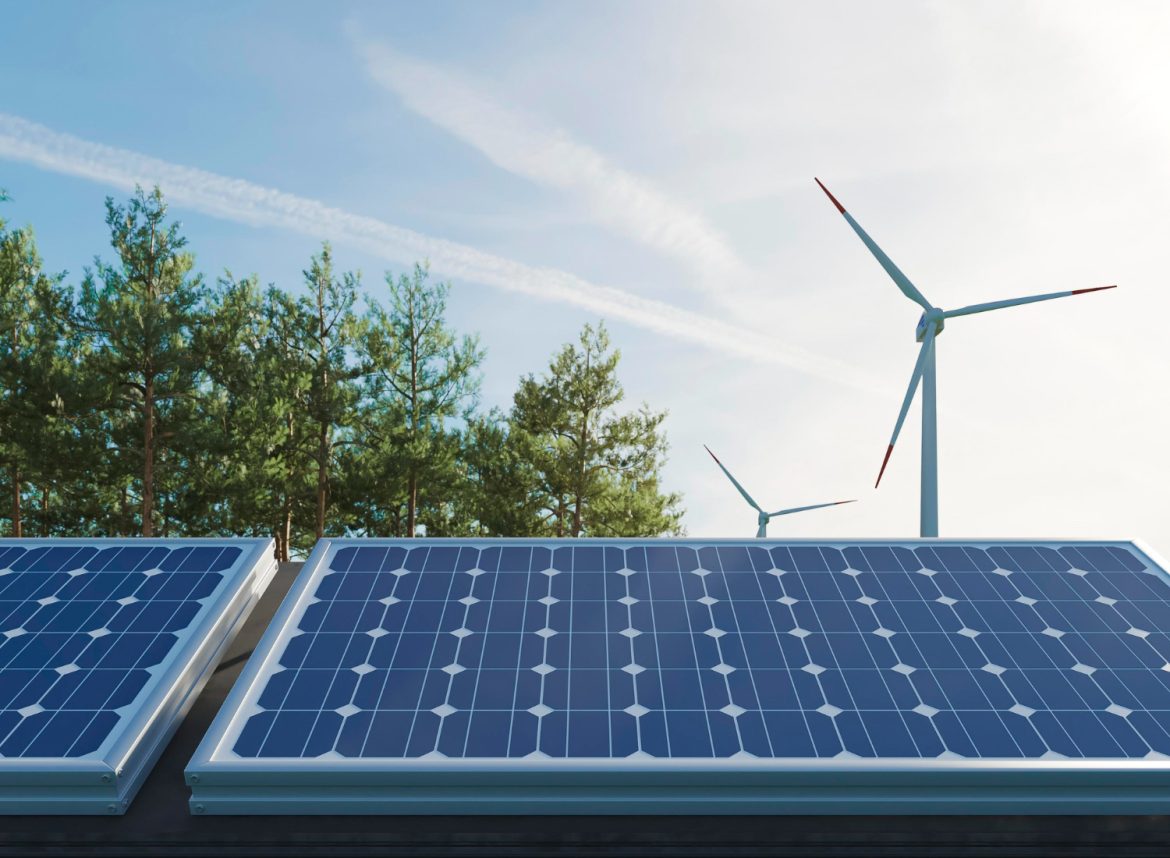Angola is set to significantly enhance its national energy infrastructure with the addition of two new hydroelectric power plants this year, as announced by the Minister of Energy and Water, João Baptista Borges, during the 12th Advisory Council on September 27.
The Matala and Luachimo plants, generating 40.8MW and 34MW respectively, will be operational soon, rejuvenating power supplies to both cities and their neighboring regions after years of absence. Another milestone for the nation, the Laúca hydroelectric power plant, boasting a capacity of over 2GW, has recently been inaugurated.
Ranking as Angola’s most substantial and Africa’s second-largest hydroelectric facility, Laúca will contribute approximately 8,640GWh annually. Situated nearly 300km from Luanda, it bridges the provinces of Kuanze-Norte and Malanje. Constructed by Austrian firm Andritz, the plant’s reservoir occupies close to 200km^2 and can hold roughly 5.5 billion m^3 of water.
As part of the national strategy, Angola is targeting hydropower to constitute two-thirds of its total power generation by 2025. The nation is also pushing for diversification, integrating solar photovoltaic energy into its energy mix. Borges highlighted forthcoming photovoltaic projects, including the Luena solar park set for completion this year, followed by those in Saurimo, Bailundo, Lucapa, and Cuito aiming for a collective 370MW of solar output by mid-2024.
The government’s broader vision extends to the transport segment, emphasizing the expansion of the national electricity grid. “This expansion seeks to significantly cut down on fuel consumption, minimize operating costs of thermal power plants, and crucially, bring electricity to millions of Angolans and businesses in the targeted regions,” Borges explained.
On the topic of electricity accessibility, the Angolan government has set ambitious goals. By 2025, it aims to achieve an electrification rate of 60%, spurred by investments in new power stations, revamping transmission and distribution networks, and refurbishing existing assets.
Borges emphasized the need to accelerate household electricity connections to an annual average of 250,000. He further highlighted a major electrification initiative targeting the eastern provinces, aiming to provide power to over 900,000 citizens across multiple locations in Bié, Lunda Norte, Lunda Sul, Malanje, and Moxico.
Currently, the National Electricity Distribution Company (ENDE) serves almost 2 million consumers, with a significant portion now transitioning to prepaid metering systems.
SOURCE: ESI Africa



